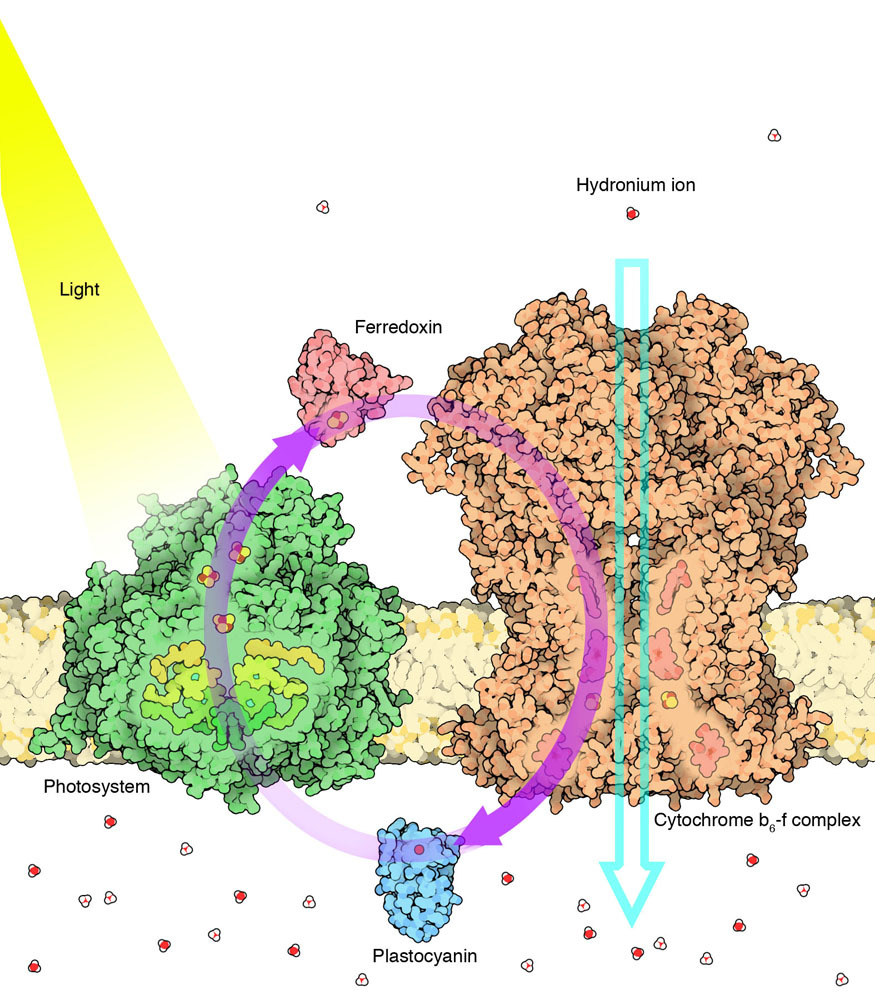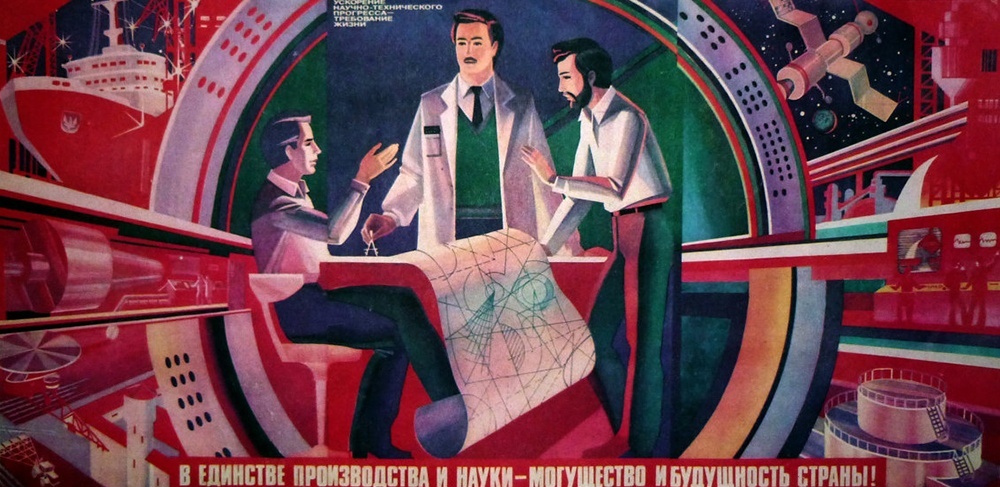From The Machinery of Life by David S. Goodsell.
ATP synthase is a molecule-sized generator that converts electrochemical energy into chemical energy. It is composed of two rotary motors connected together by an asymmetric axle. Flow of hydrogen ions through the bottom motor, which is embedded in a membrane, turns the large cylindrical rotor. This is connected to the axle, forcing it to turn inside the second motor at the top. With each turn, the axle distorts the subunits in the upper motor, catalyzing a reaction that makes the unstable phosphate-phosphate bond in ATP (5,000,000 X)
ATP Synthase is incredibly cool because it is probably the closest thing our body has to an honest-to-god recognizable nanomachine as humans would conceive of it. It can pump & rotate in both directions! If there is an electrochemical gradient across the membrane it sits on, it can sap the potential energy of that gradient to synthesize ATP to store energy for later as it lets ions across the membrane. Alternatively, it can consume ATP to pump ions in the opposite direction, creating an electrochemical gradient itself! There are a lot of cool animations you can find online, like this one: https://www.youtube.com/watch?v=kXpzp4RDGJI
How are electrochemical gradients created in the first place? Here’s how plants do it with photosynthesis:

Cyclic Photophosphorylation Plants use the energy of light to make ATP, but they must go through many energy transformations to do it. The process starts with a photosystem protein that captures individual photons of light, and uses the energy of these photons to create high-energy electrons. These electrons then flow through several proteins, hopping through a chain of iron ions and copper ions and slowly losing their energy until they return to the photosystem, ready for another charge from light. As the electrons flow through the cytochrome b₆-f complex, they are used to power the pumping of hydrogen ions across the membrane, creating an electrochemical gradient. This gradient is finally used to power ATP synthase (5,000,000 X)
As always, remember that none of the things we are talking about have any willpower or desire - it’s all just physics and random interactions and energy being moved around. Also remember that none of these systems were designed, but instead came into being through natural selection.


I was originally CS major from 18-20 and dropped out. it was not interesting and I couldn’t shake the feeling that I was learning a lot quicker by muddling on my own.
at 29, I went back to school for something in the life sciences, with a lot of biology. I remember my first semesters of BIO absolutely blowing my mind at the complexity and resilient adaptation capacity of like… plant tissue.
the mechanisms of life are so far beyond anything we have synthesized or built. if one ignores the dogma of artificial and natural as constructed imaginaries, a tree is a profoundly advanced form of technology. not just in how they function, but how they maintain themselves materially from their surroundings in context and how they adapt it to support the web of interconnected relationships they depend on and how the respond to injury from the elements and other inhabitants.
and don’t even get me started on fungi, the vanguard of life.
It’s funny when the LessWrong people are like “wot if the AI creates a replicator that converts all mass into more replicators” and it’s like we have those already! They’re called plants! It takes energy to break up matter, where is that energy going to come from? The sun, obviously. So it’s a plant. You have reinvented the concept of a plant.
I majored in CS, and really wish I had the capacity to join it with biology and deeper engineering. So much of the research is only possible with computing, and it’s so cool to me.
It all comes back to systems for me, and life contains such incredible composition. It just, uh, finds a way.